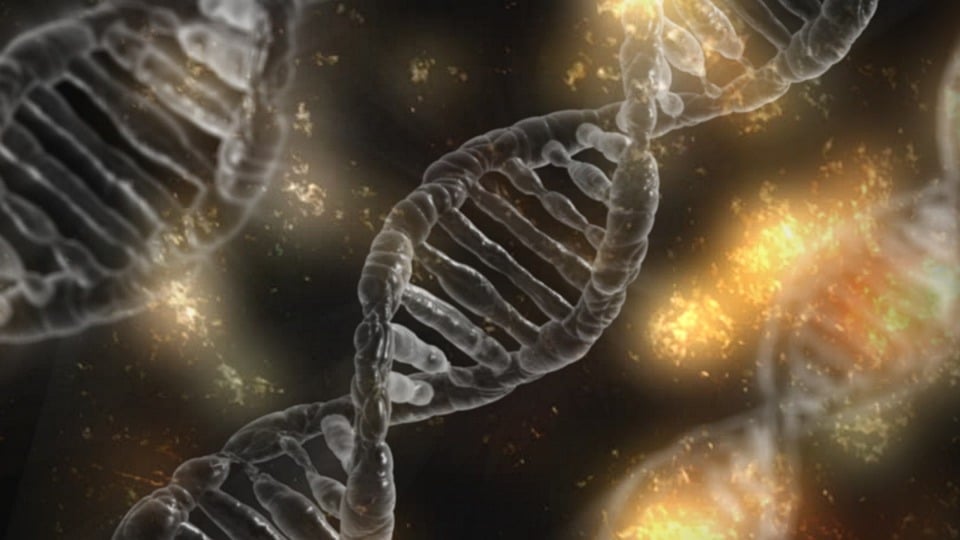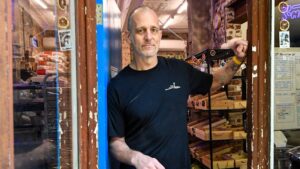
URBANA, Ill. — Scientists at the University of Illinois Urbana-Champaign have pioneered a groundbreaking method to isolate genes from minuscule amounts of microbial DNA, so small that 20,000 samples would weigh as much as a single grain of sugar. This innovative research, detailed in a newly published paper, has led to the discovery of previously unknown antibiotic resistance genes in bacterial DNA sourced from human stool and fish tanks at Chicago’s Shedd Aquarium.
With antibiotic resistance escalating globally, understanding the diverse mechanisms bacteria use to evade antibiotics is crucial. “If we can get a clearer view of the antibiotic resistance genes that exist out in the environment, that will give biomedical researchers a chance to look out for them in the clinic and potentially design more effective drugs,” said Terence Crofts, assistant professor in the Department of Animal Sciences at Illinois.
Revolutionizing Microbial Gene Detection
Crofts developed a method known as METa assembly, enhancing a microbiology tool called a functional metagenomic library. This tool allows researchers to capture bacterial genes from environmental samples without needing to culture the microbes or sequence their genomes. METa assembly requires significantly less DNA than traditional methods, making it particularly useful in environments where microbes are scarce or large samples are impractical.
According to Crofts, “We used to take the DNA out of the bacteria and just sequence it, but there are so many new genes in those environments that our sequencing ability has far outstripped our ability to actually guess at the functions of those genes.” The METa assembly method circumvents this by using enzymes to fragment DNA into gene-sized pieces, which are then introduced into E. coli bacteria in the lab. This process allows E. coli to incorporate foreign DNA and express its traits, making it easier to identify antibiotic resistance genes.
Discoveries in Unexpected Places
The research team applied their method to a sample from Chicago’s Shedd Aquarium, where microbial populations are lower than in soil, and to human fecal matter, a typically bacteria-rich sample. “Because aquatic samples are usually less dense with microbes, you usually can’t get as much DNA out of them, but we showed that we could still make good libraries from the aquarium sample,” Crofts explained.
The findings were significant: new types of efflux pumps, which are protein channels that expel tetracycline from cells, were identified in sequences from the aquarium. Additionally, E. coli colonies from the human fecal sample exhibited resistance to streptothricins, a group of antibiotics tested in the 1940s but shelved due to toxicity concerns. With rising antibiotic resistance, these antibiotics are being reconsidered for clinical use.
“We found what looks like an entirely new family of streptothricin resistance proteins in our sequences,” Crofts noted. “Streptothricin is being brought up as this potentially clinically useful antibiotic, but we should really be trying to find out what resistance is already out there in the environment.”
Implications for Agriculture and Beyond
Crofts plans to extend the METa assembly method to agricultural systems, sampling soil and livestock environments. Antibiotic resistance often originates on farms, where antibiotics are used extensively. “We produce a lot of antibiotics by culturing soil bacteria that make antibiotics as weapons to fight other bacteria. So, soils therefore have a very rich diversity of antibiotic resistance genes,” Crofts explained.
This research, published in the journal mSystems, underscores the importance of understanding environmental antibiotic resistance to develop next-generation antibiotics. The study was supported by Hatch funding from USDA’s National Institute of Food and Agriculture and a grant from the Florida State University Council for Research and Creativity.
As Crofts and his team continue to explore the vast landscape of microbial genes, their work could pave the way for more effective strategies in combating antibiotic resistance, a growing threat to global health.







